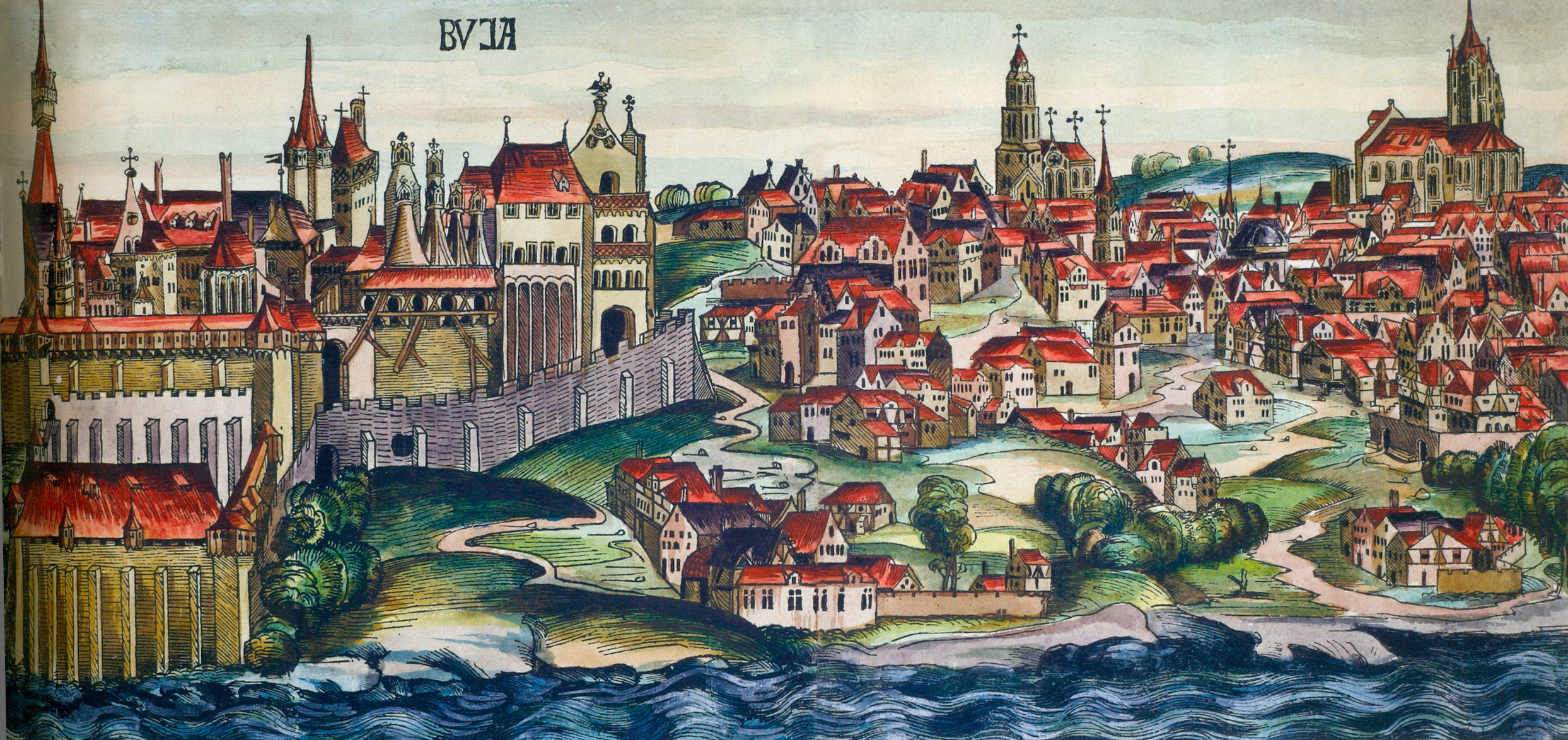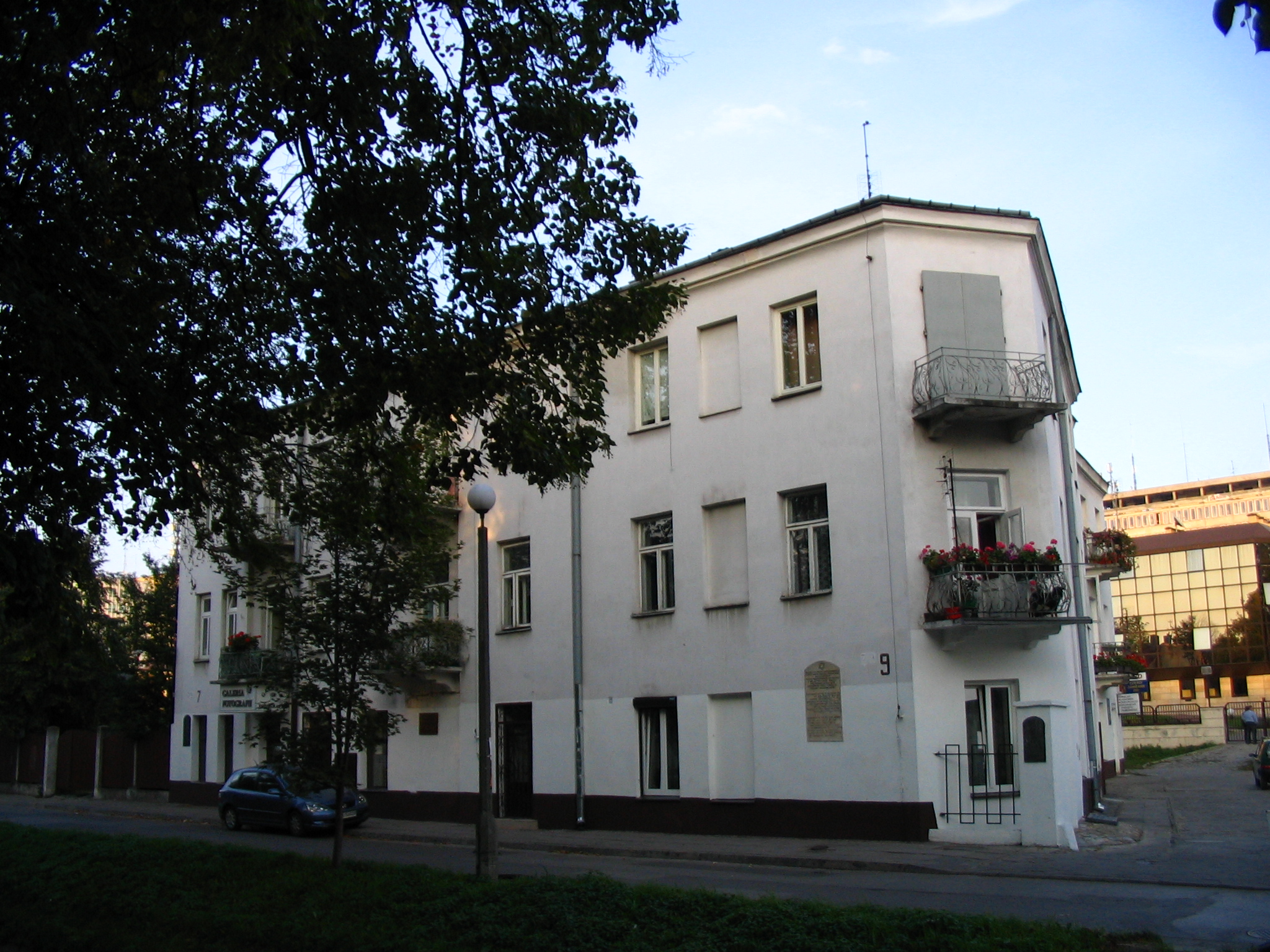Renaissance courtyard of King Matthias – Buda Castle
Fact of the Hungarian figure „First university of Hungary (Universities and sciences)”
Part of the „Transfer of the culture” topic
The Renaissance courtyard of Buda Castle is a symbol of Hungary’s cultural flourishing during the reign of King Matthias Corvinus (1458–1490). Under his rule, Buda became one of the most vibrant cultural centers of Renaissance Europe. Matthias, a patron of the arts and sciences, cultivated connections with the greatest minds of his time, bringing Renaissance ideas from Italy to Hungary, which profoundly shaped the nation’s intellectual and cultural landscape.
Matthias’s court in Buda was renowned for its patronage of humanist scholars, artists, and architects. His marriage to Beatrice of Aragon in 1476 further strengthened the influence of the Italian Renaissance at the Hungarian court. The king’s impressive library, the Bibliotheca Corviniana, was one of the largest collections of its time, filled with manuscripts and works from across Europe. The Renaissance courtyard of Buda Castle, adorned with sculptures and designed in the style of Italian palaces, served as a physical embodiment of the era’s artistic innovation and the monarch’s aspirations. The library, housed at Buda Castle, contained thousands of manuscripts, codices, and classical works, primarily focusing on history, philosophy, theology, and science. This collection was unparalleled in Central Europe at the time and was only second to the Vatican Library in its scope and significance.
The Bibliotheca Corviniana symbolized Matthias’s dedication to education, knowledge, and cultural integration, drawing influence from Italy’s Renaissance centers such as Florence. King Matthias worked with Italian humanists and scholars, and under his patronage, many classical texts were translated into Latin and Greek, ensuring their survival and dissemination throughout Europe. The library’s holdings included works by Aristotle, Plato, and Cicero, as well as contemporary humanist writings.
The influence of the Bibliotheca Corviniana extended beyond Hungary’s borders, reinforcing the idea that Hungary was not merely a peripheral country but an integral part of the broader European intellectual and cultural network. Its impact can be compared to other significant cultural initiatives in Central Europe, such as the Academia Istropolitana in Bratislava, founded by Matthias and Archbishop János Vitéz in 1465, which further demonstrates the regional cultural and scholarly connectivity of the time.
Despite its later destruction during the Ottoman occupation, the legacy of the Bibliotheca Corviniana lives on, with many surviving works now held in prestigious European libraries. The UNESCO recognition of the collection as part of the Memory of the World Programme in 2005 underlines its historical and cultural importance, making it a key symbol of Hungary’s Renaissance golden age and its contributions to European intellectual life.





